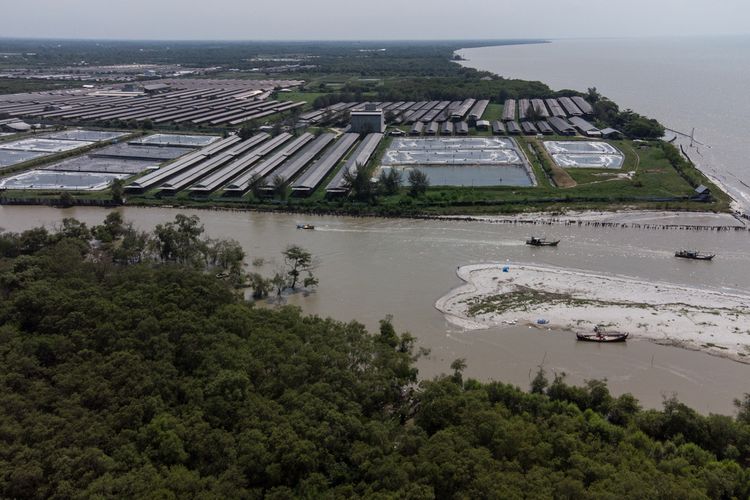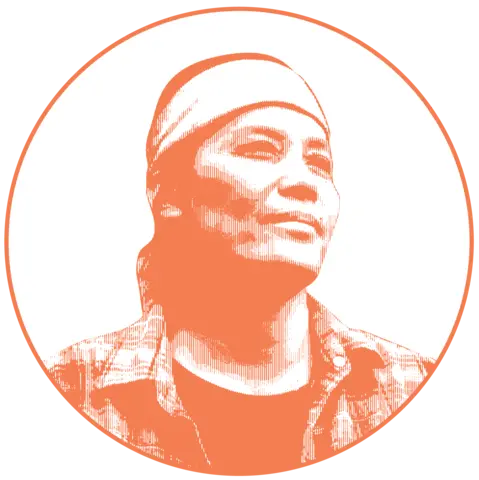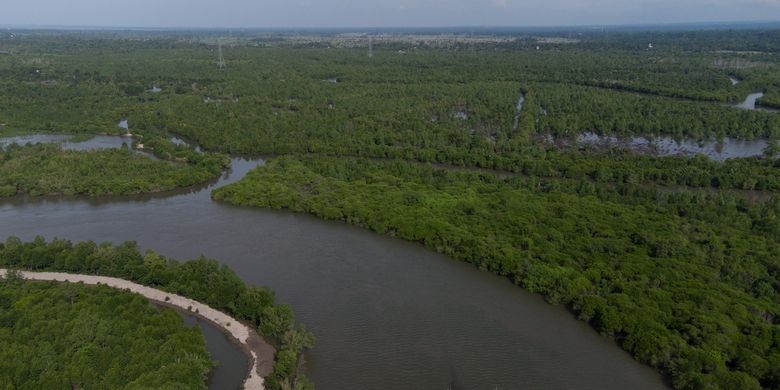This story excerpt was translated from bahasa Indonesia. To read the original story in full, visit Kompas.com. You may also view the original story on the Rainforest Journalism Fund website. Our website is available in English, Spanish, bahasa Indonesia, French, and Portuguese.

MEDAN—The east coast of North Sumatra that stretches from Langkat to Labuhanbatu Utara is facing severe challenges.
Environmentally unfriendly practices such as encroachment, land clearing for aquaculture, oil palm plantations, mangrove charcoal industry, and sand dredging are the main causes of the destruction of the green belt.
In Paluh Sibaji Village, Pantai Labu Subdistrict, Deli Serdang Regency, fishermen face an increasingly worrying abrasion problem. Mangrove forests with a thickness of hundreds of meters have disappeared. Now only a few mangroves remain as the last bastion.
Onrizal, an expert in tropical ecology and biodiversity conservation at the Faculty of Forestry, University of North Sumatra, said that mangrove deforestation began when large-scale shrimp and fish farming took off in the 1970s.

As a nonprofit journalism organization, we depend on your support to fund journalism covering underreported issues around the world. Donate any amount today to become a Pulitzer Center Champion and receive exclusive benefits!
"Apart from ponds, the cause of coastal deforestation is the conversion of land into oil palm plantations. We can see for ourselves in Langkat, Deli Serdang, Serdang Bedagai and Labuhanbatu, which used to be ponds (now) turned into oil palm plantations. There are also mangrove forests that used to be cleared to become oil palm plantations. Another pressure is mangrove charcoal," he said.











